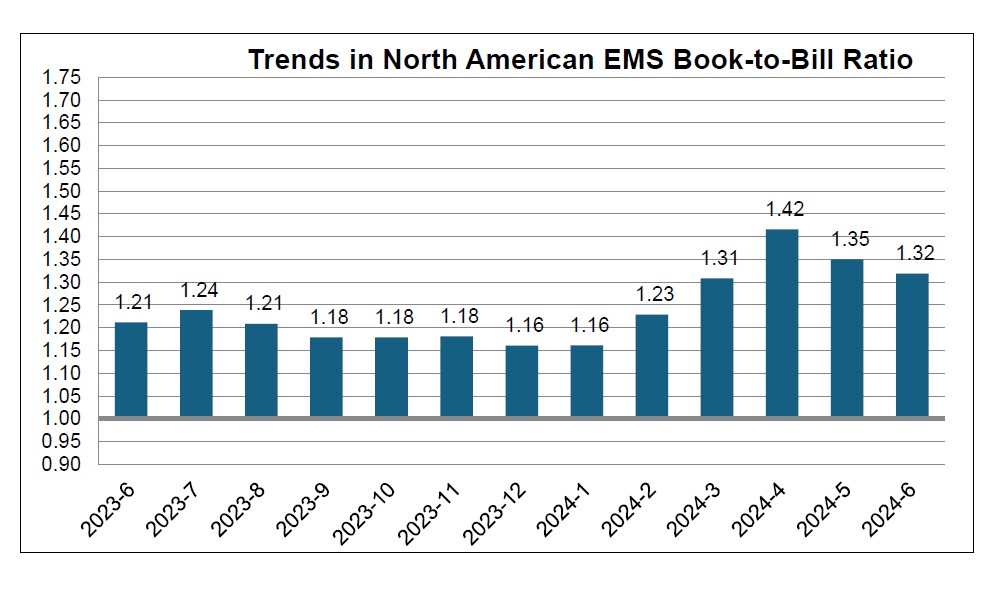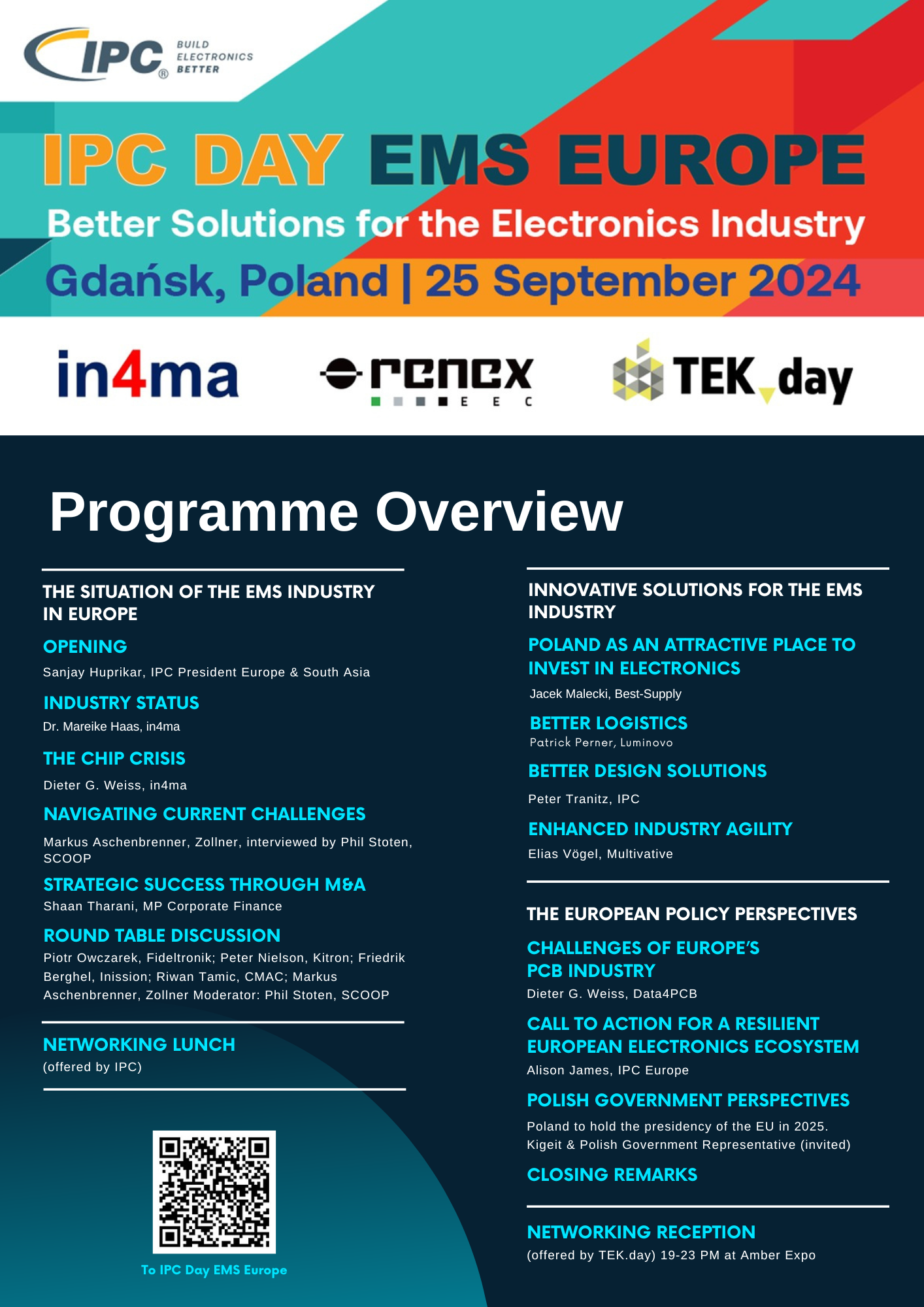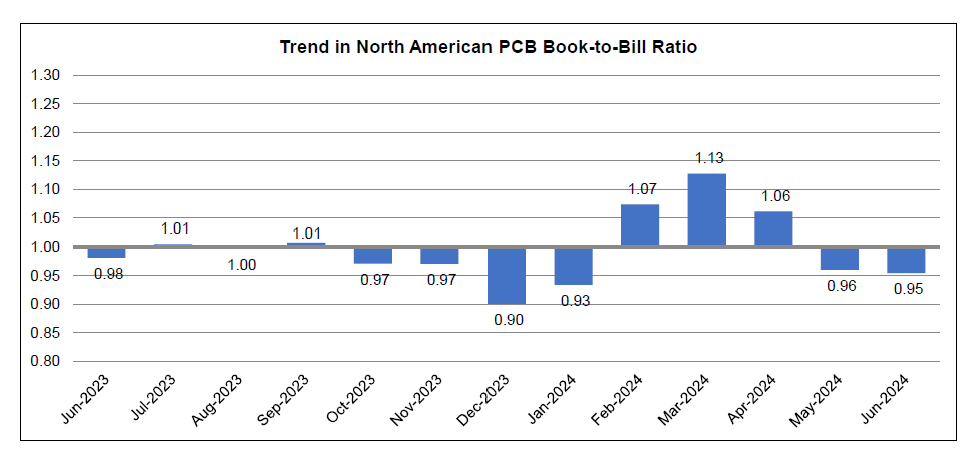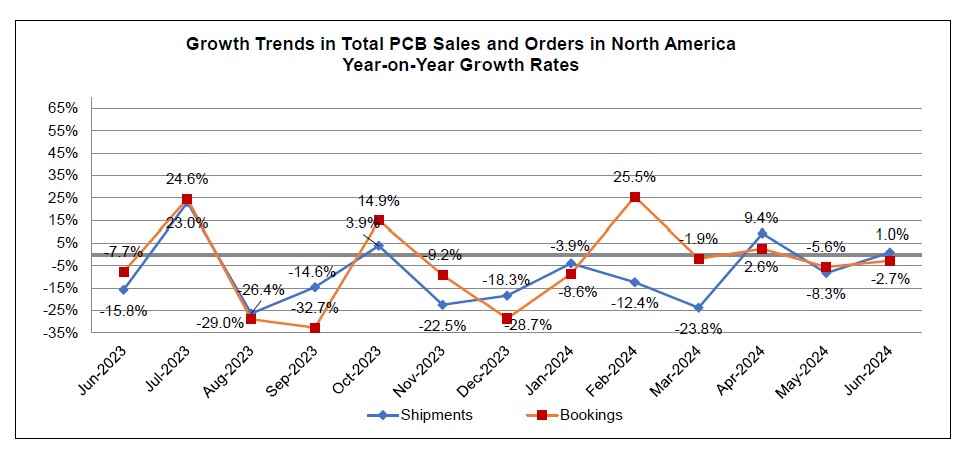By Richard Cappetto, senior director, North American government relations
In mid-July, IPC’s Vice President of Education David Hernandez and Director of Workforce Partnerships Cory Blaylock, traveled to Washington, D.C. to tackle one of the most pressing issues in the electronics manufacturing industry: workforce development. Their mission was to build closer relationships with key leaders and policymakers in the national workforce development arena, underscoring the importance of a robust, skilled workforce for the electronics manufacturing sector.
As policymakers continue to debate the best path forward for building secure and resilient supply chains and struggle to address the challenges of workforce gaps in multiple industries, IPC is fighting to give the electronics industry a seat at the table. For IPC, this means advocating for policies that support workforce development, apprenticeship programs, and other initiatives that can help bridge the skills gap currently hindering the industry’s growth and competitiveness. As David Hernandez has emphasized, “There is no singular workforce problem, so there can be no single solution. Addressing these challenges requires a collective partnership between industry, government, academia, and the many organizations that contribute to building America’s workforce. The role of IPC is to bring them all together and develop solutions.”
One of the highlights of the week was David and Cory’s participation in the prestigious annual Horizons Summit, hosted by Jobs for the Future. This summit brings together a diverse group of leaders from education, workforce development, business, government, and philanthropy to explore innovative strategies for creating equitable economic advancement opportunities. At the summit, IPC showcased its new registered apprenticeship programs, a crucial component in our efforts to build a skilled workforce for the future. We also engaged in meaningful dialogues with leaders from organizations such as the American Enterprise Institute, Apprenticeships for America, Bipartisan Policy Center, Progressive Policy Institute, and Urban Institute.
We then brought the message of electronics workforce development to Capitol Hill. With the IPC workforce strategy white paper in hand, David brought two main messages to Capitol Hill. First, the need to build talent pipelines in the industry using all tools by investing in apprenticeships and making it easier and more cost effective for employers to participate in apprenticeship programs. Second, the electronics industry is leading the way with industry-backed, portable, and stackable credentials, as well as high-quality standardized training. But federal partnership and investment can increase the speed and scale at which programs can be adopted, which is needed if the U.S. is going to meet its reshoring goals.
We also met with the office of Senator Mike Braun (R-IN), the Ranking Republican on the Senate subcommittee on Employment and Workforce, to discuss the Youth Apprenticeship Advancement Act, which would aid in the development of career pathways in part by creating a 5-year $500 million grant program to incentivize youth apprenticeships. We emphasized the critical role that youth apprenticeships can play in developing a pipeline of skilled workers. In addition, we met with the majority staff of the Senate Committee on Health, Education, Labor, and Pensions, as it considers major workforce legislation. In the meeting we underlined the importance of ensuring quality education and results for workers, while streamlining programs for industry employers that manufacture in multiple states.
In addition to the meetings with policymakers, David also spoke with Tristan Stein of the Bipartisan Policy Center about the essential role of community colleges and industry-backed curricula in both K-12 and higher education. By aligning educational programs with industry needs, this approach will help ensure a steady pipeline of well-trained, job-ready graduates to support the future of the industry.
IPC's strategy for addressing workforce challenges is encapsulated in IPC’s recently released white paper on the issue. By sharing this vision with policymakers, fostering key relationships, and showcasing innovative solutions, IPC is paving the way for a thriving electronics manufacturing industry.




